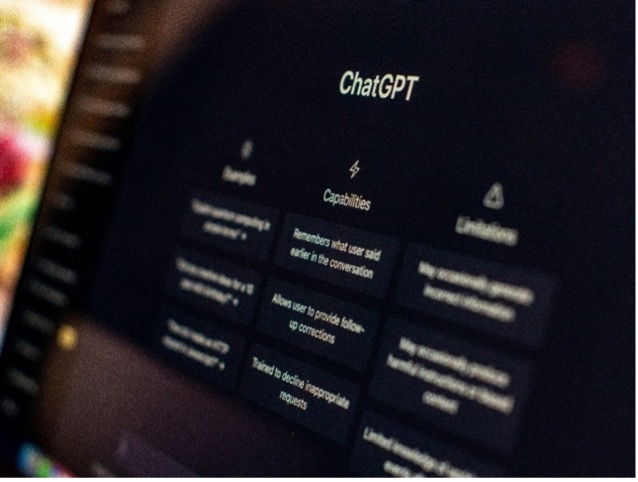Does AI have a place in science communication?

Generative AI has been making waves since late 2022, when ChatGPT was publicly released. Since then, AI has been the acronym on everybody’s mind, triggering big changes across all disciplines.
It seems like yesterday that AI was limited to hunting down Arnold Schwarzenegger in science-fiction movies, yet now, everyday tasks are outsourced to a subservient machine.
There are strong opinions surrounding the use of AI in a professional context. Many have embraced the time savings and AI’s ability to assist in developing ideas, but there is equally loud opposition, citing concerns of plagiarism and inaccuracy.
Among all the disciplines being reshaped by AI, science communication is unique.
While generative AI has already transformed the communications field by simplifying writing tasks, producing ideas for content, and streamlining the creative process, communicating science adds an additional layer of complexity.
Highly technical subject matter must be distilled into captivating content, and accuracy is paramount to effective practice.
The challenges of using AI in science
In a world where fields like public health and climate change are heavily politicised, sharing scientific information in an objective and interesting manner is increasingly important.
Policymakers need to be able to make well-informed decisions, and the public must be able to access concise, factual, and accessible information on issues that directly affect them. When inaccurate information enters the fold, it creates division and can perpetuate damaging beliefs.
This is, perhaps, one of the biggest challenges with using AI in science.
AI can misinterpret information or extract from inaccurate sources, even ‘hallucinating’ and conjuring up entirely false statements. Because it’s so difficult to trace the sources of the claims, it becomes challenging to determine what’s accurate or fictitious.
Plagiarism is another major problem. Generative AI models draw from countless sources across the internet, neglecting to acknowledge the hard work of the researchers and writers involved.
Sometimes, the content is licensed, which has led to numerous high-profile lawsuits citing copyright infringement.
Finally, the environmental footprint of AI is growing. Critical minerals are being rapidly mined to sustain processing hardware requirements, and the hardware itself uses a significant amount of energy.
Even the spatial footprint of physical servers is expanding enormously, taking up more and more space.
All of these have dramatic negative effects on the planet, which can only be expected to worsen as AI becomes more prevalent.

So, as a science communicator, how should you be using AI?
The key to using AI, in any field, is transparency. Acknowledging where and how you’ve used it, especially for public-facing fields like science journalism.
Like any other tool, using AI requires some level of caution. Don’t treat it as a search engine, and always fact-check. You can use it to help seek out basic knowledge, but it’s not a treasure trove of accurate information. Instead, consider using AI to brainstorm ideas and get the creative juices flowing.
Above all else, set yourself apart by focusing on the things AI can’t do well, like maintaining interpersonal connections, applying critical thinking to scientific information, and being uniquely yourself in your creative outputs.
It’s no secret that AI will shape the future of our working lives, but it is up to us to decide what extent we allow it to. Don’t outsource the things that make you so good at what you do. Instead, optimise the unimportant tasks – or you might get left behind.
Want to work with a real human for your science communication needs? Get in touch with us at info@scientell.com.au.
Author:
Date Posted:
February 12, 2025
